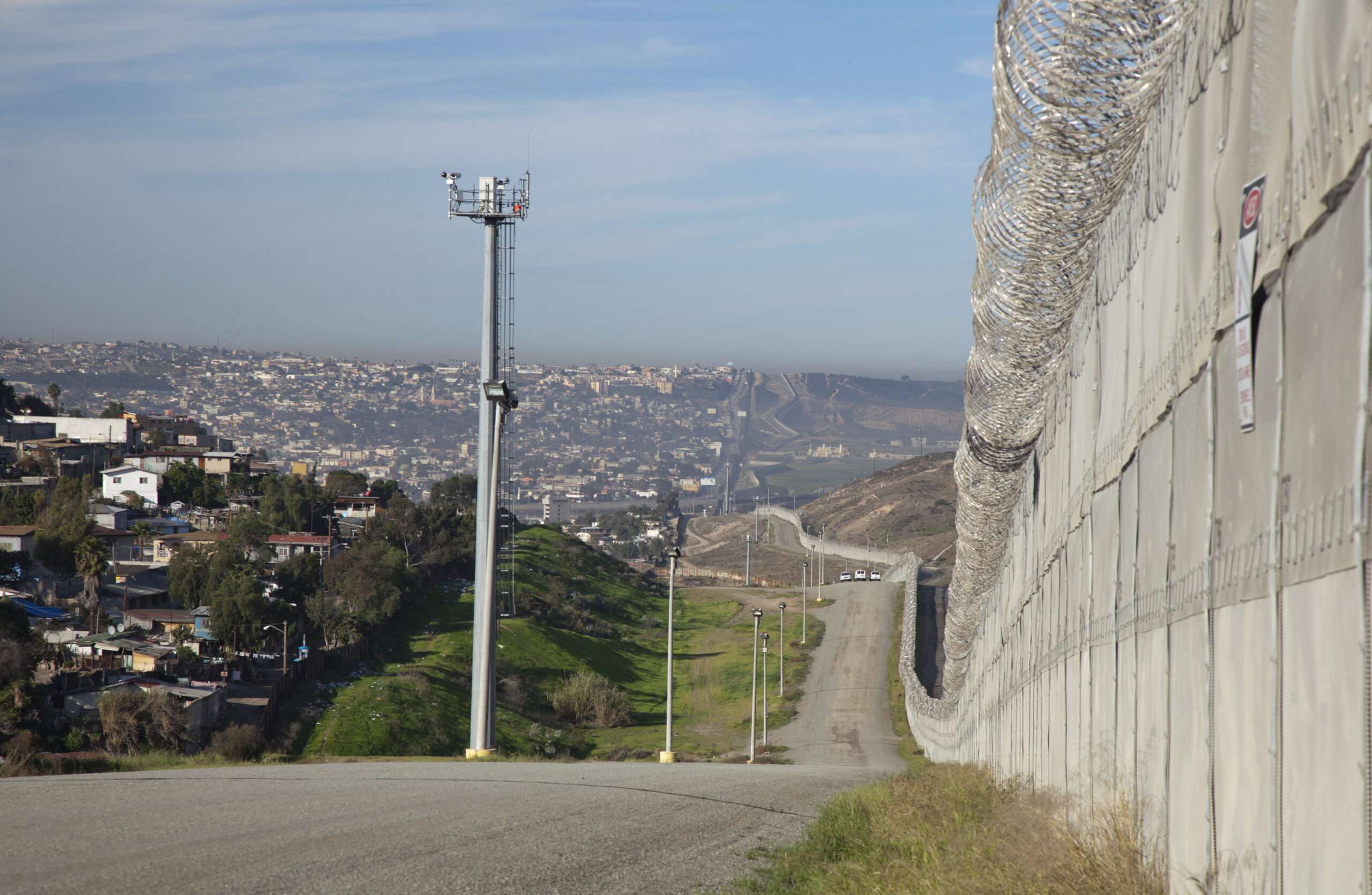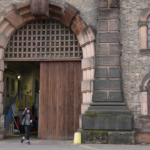The issue of immigration is a highly debated topic in the United States, with the current administration lacking a clear policy. There are disagreements on how tightly entry to the country should be controlled and who should be admitted as new residents and possible future citizens. However, what if, regardless of the policy politicians settle on, it is implemented with the government’s usual efficiency and fiscal responsibility? What if it ends up like the network of surveillance towers along the southern border, many of which are inactive despite the high cost?
The Rattler is a weekly newsletter from J.D. Tuccille. If you care about government overreach and tangible threats to everyday liberty, this is for you.
A Network of Blind Surveillance Towers
“Nearly one-third of the cameras in the Border Patrol’s primary surveillance system along the southern U.S. border are not working, according to an internal agency memo sent in early October,” NBC News reported last week. “The large-scale outage affects roughly 150 of the 500 cameras perched on surveillance towers along the U.S.-Mexico border.”
This is significant news at a time when voters consistently rank immigration among their main concerns.
One issue is that various federal agencies with different priorities are responsible for these cameras. Border Patrol relies on surveillance technology to cover remote areas where its agents cannot always be present. However, the Federal Aviation Administration is in charge of contracts for maintaining and repairing the camera network.
The affected towers are part of the Remote Video Surveillance System, which is a subset of the full network of border surveillance towers. As detailed by the Electronic Frontier Foundation (EFF) last year, the federal government began installing surveillance towers two decades ago through a series of projects that faced challenges and technology incompatibility.
“Throughout the 2010s, CBP took another run at a tower-based system, resulting in disparate tower systems…provided by different vendors that could not interact with another,” wrote Dave Maass for EFF.
It would be surprising if the federal government completed this project within a reasonable budget or schedule, and unfortunately, the surveillance towers do not break from this tradition. For instance, just one program—the Secure Border Initiative Network—took six years to cover a small stretch of the Arizona border.
High Costs and No Standards
“By 2010, at a cost of about $1 billion, CBP had deployed 15 SBInet tower systems along 53 miles of Arizona’s 387- mile border with Mexico,” the Government Accountability Office (GAO) noted in a 2017 report on flaws in the full network. “However, in January 2011, in response to internal and external assessments that identified concerns regarding the performance, cost, and schedule for implementing the systems, the Secretary of Homeland Security announced the cancellation of future SBInet systems.”
This plan was replaced by the Arizona Border Surveillance Technology Plan and the Southwest Border Technology Plan. The various systems together, according to The Intercept‘s Daniel Boguslaw, cost around $6 billion. They were finally consolidated in 2022 into the Integrated Surveillance Towers network, but the legacy technology continues to pose challenges due to age and incompatibility with other parts of the network.
Do these expensive surveillance towers fulfill their intended purpose?
In the 2017 report, the GAO found that Border Patrol “is not yet positioned to fully quantify the impact these technologies have on its mission.” This was over a decade after surveillance towers were installed in Arizona and along the southwestern (and now also part of the northern) border. The GAO recommended that Border Patrol develop and apply performance metrics for its border technologies to assess progress in implementing the Southwest Border Technology Plan.
However, it is challenging to assess a system that is not functioning properly. In its annual DHS assessment published in February of this year, GAO noted that Customs and Border Protection officials stated the program expects operational shortfalls in the coming years, which could increase the risk of obsolescence and nonoperational towers.
And now almost a third of the Remote Video Surveillance System towers are completely offline.
A History of Disappointment
This is not the first time the border surveillance system has fallen short. Ten years ago, members of the House Committee on Homeland Security’s Subcommittee on Border and Maritime Security criticized a Customs and Border Protection official over the status and expense of surveillance towers in Arizona. They were particularly upset that GAO advice to adopt metrics for assessing the network’s effectiveness had been disregarded. Clearly, three years later, the issue persisted.
Therefore, it is challenging to determine the extent to which border security is compromised when a large number of towers are not operational and are not assessed according to any standard.
It is evident that Border Patrol employees are upset for two main reasons: the leaking of a memo about the problem to NBC News and the vocal complaints from the Border Patrol union regarding inoperable camera towers causing safety and security concerns. The inefficiency, high cost, and lack of accountability in the border surveillance tower program mirror the typical workings of government projects. The contractors involved likely profited greatly, but it is unclear what benefits Americans received from the billions spent on the project.
While there is a need to address the issues surrounding immigration, the current situation at the border is concerning for many Americans due to the lack of clear principles guiding the process. The implementation of an immigration and border policy, once decided upon, may end up resembling costly towers in the desert that serve no purpose.
Source link





